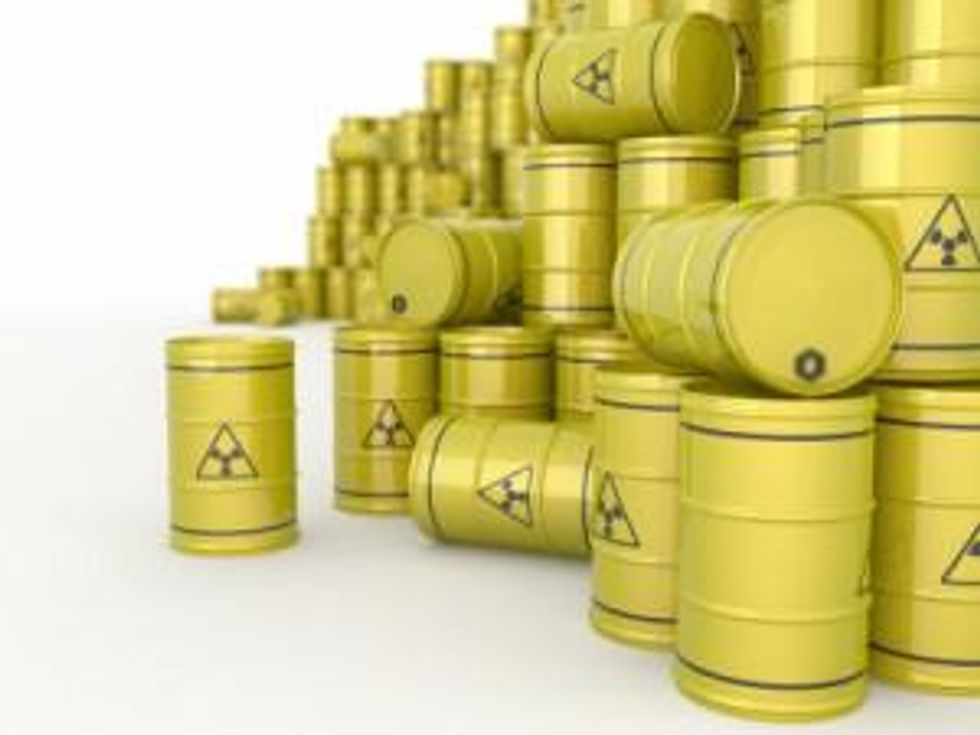Cameco CEO Tim Gitzel spoke recently about the state of the uranium market at the 24th Annual BMO Global Metals and Mining Conference. Here’s an overview of what he had to say.
While that stagnation makes optimism about the long-term story a little difficult, investors shouldn’t despair. The current 435 operating nuclear reactors burn through 155 million pounds of uranium per year. With 69 nuclear reactors under construction and 184 reactors planned, there is no question that demand is going to increase in the future. When taking into account future reactor growth, uranium demand for nuclear fuel should expand to about 230 million pounds in the next 10 years, which equates to a growth rate of about 4 percent.
At BMO’s 24th Annual Global Metals and Mining Conference in Florida, Tim Gitzel, CEO of Cameco (TSX:CCO,NYSE:CCJ), explained that in order to meet that upcoming uranium demand, the world will need the equivalent of about three or four more Cigar Lake mines to come online within 10 years.
“In our view, not long from now the market will be calling for more uranium at a time when it could be difficult for primary supply to keep up. The result is a supply story that over the long term is as equally compelling as the demand story,” Gitzel told investors.
Unfortunately, the market has been less than stellar in the four years since the Fukushima disaster, and until certain catalysts are realized, producers will have little incentive to move forward with new projects. As Gitzel explained, unless a company can find security in a previously signed long-term contract, it is in for a bumpy ride.
Where are the utilities?
During his keynote, Gitzel commented that utilities generally come to the market three to five years before they require supply. In any given year, utilities secure an average of 175 million pounds of uranium for future consumption. However, for the last two years, utilities have dropped off in their contracts. Indeed, in 2013 only 20 million pounds were committed to contract. 2014 was slightly better, with 80 million pounds committed in long-term contracts, but that’s still just under half of the annual average contract.
What that means is that utilities haven’t been securing the supply they need for the future. Sure, they’ve been purchasing materials on the spot market, which is in their favor due to lower prices. But if utilities are looking out for lower prices, why aren’t they securing more contracts at the current price?
Gitzel explained that utilities aren’t yet under any pressure to secure contracts. In fact “they have time to wait it out to see if the price will go lower because of the current over supply situation.”
Producers, on the other hand, are lacking incentive to enter the market, meaning that utilities and producers are in a standoff. From a producer’s perspective, if the fundamentals are correct, then prices should be going up. Why, then, should producers lock in contracts at a lower price if they can avoid it?
Catalysts to remove excess
One of the main reasons for the stagnation of the uranium market is oversupply. Certainly, the future supply picture looks great, meaning that supply will be lacking and higher prices will come. However, for now, what was once a story of not enough supply to meet demand is now a story of too much supply for current demand. That being said, several things need to occur to even out the market before investors will see significant upward price movements.
For Gitzel, topping the list of catalysts for the uranium market, unsurprisingly, is reactor restarts in Japan. With several reactors already given a green light from the Nuclear Regulatory Authority, Cameco’s CEO expects to wait a few months before reactors are turned on, and even more time before stockpiled uranium starts to dwindle.
Another catalyst for clearing the excess supply is the return to long-term contracts. Fortunately, as previously mentioned, the market is already starting to see an improvement on the quantity of uranium being contracted. Next on the docket, of course, is continued nuclear reactor construction, particularly in China and India.
“Until we start to see those changes, things will continue to be challenging for those in our line of business” Gitzel said.
Related reading:






